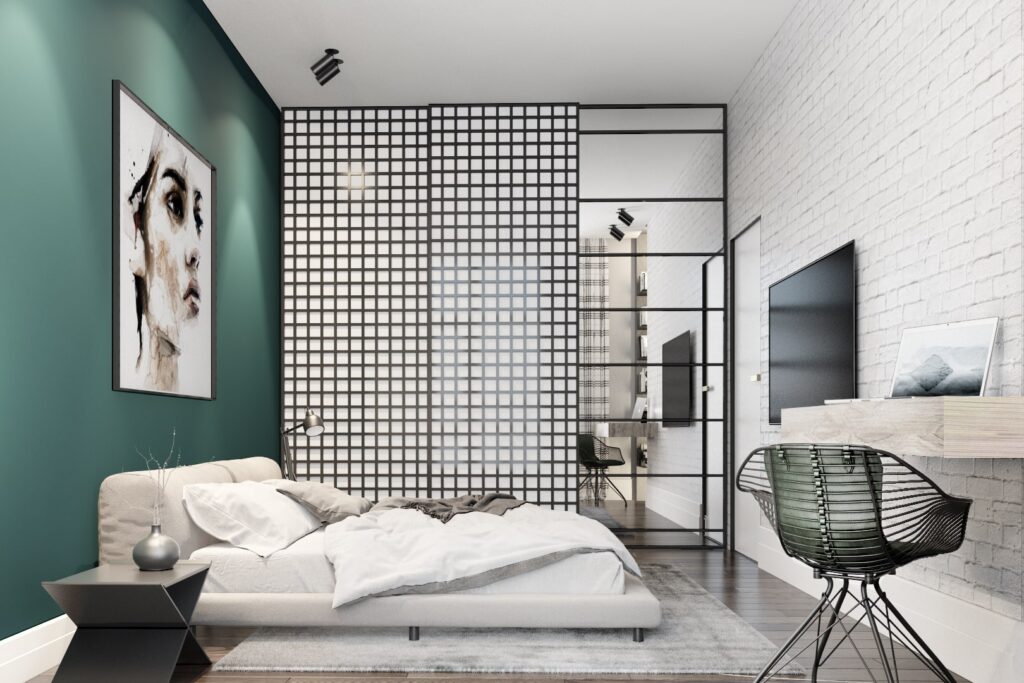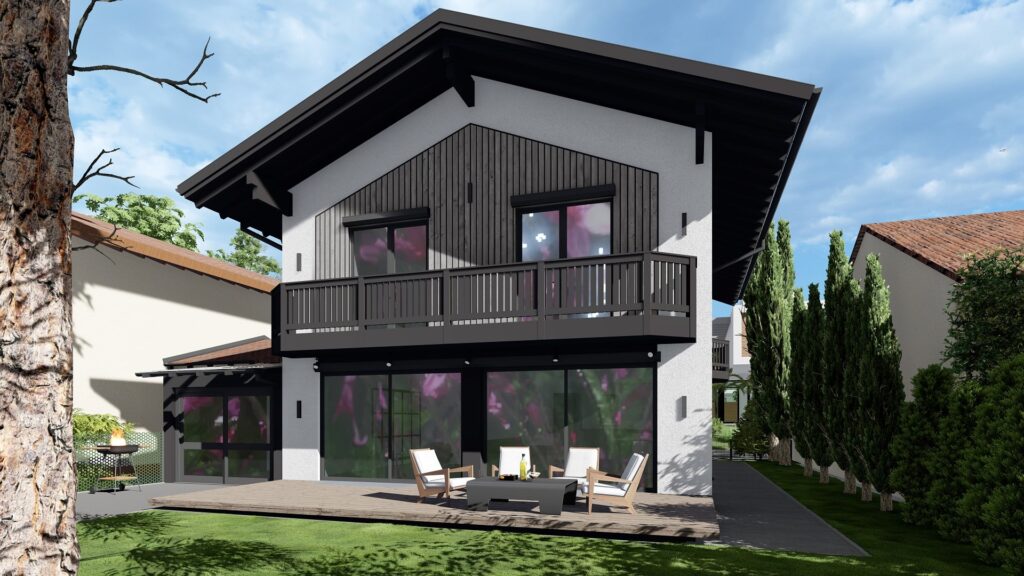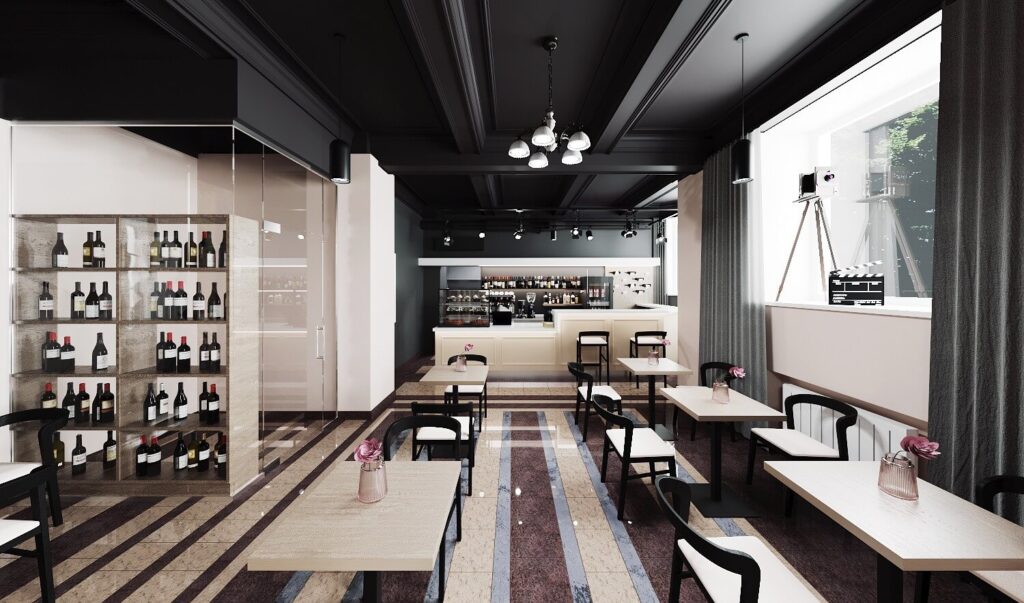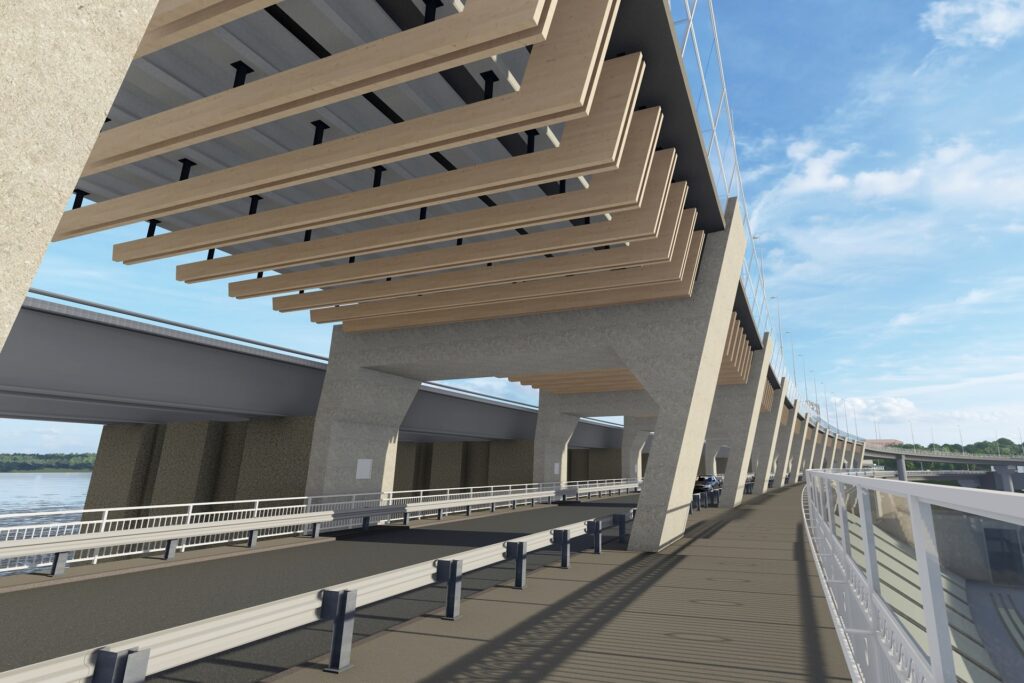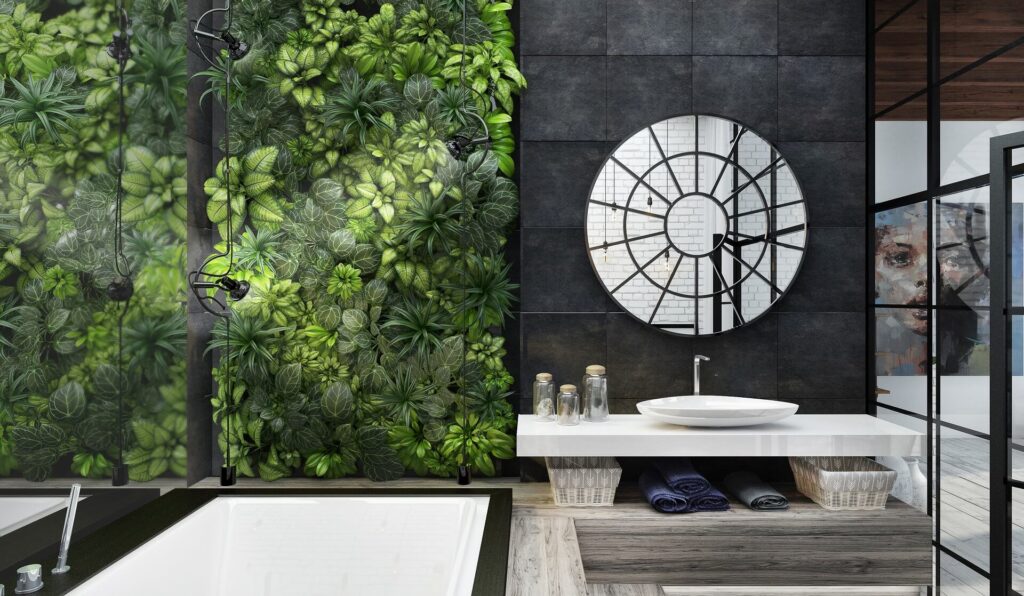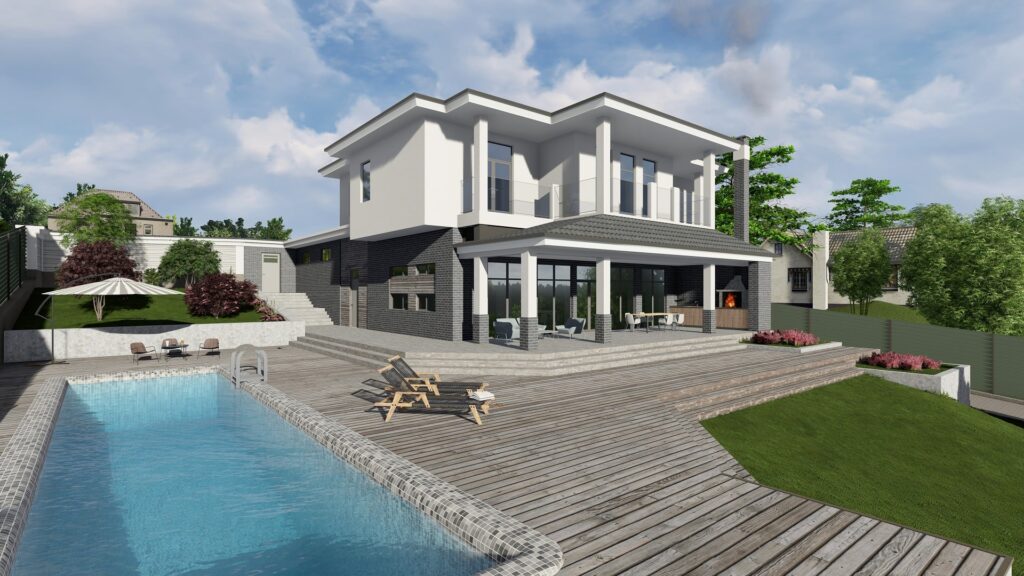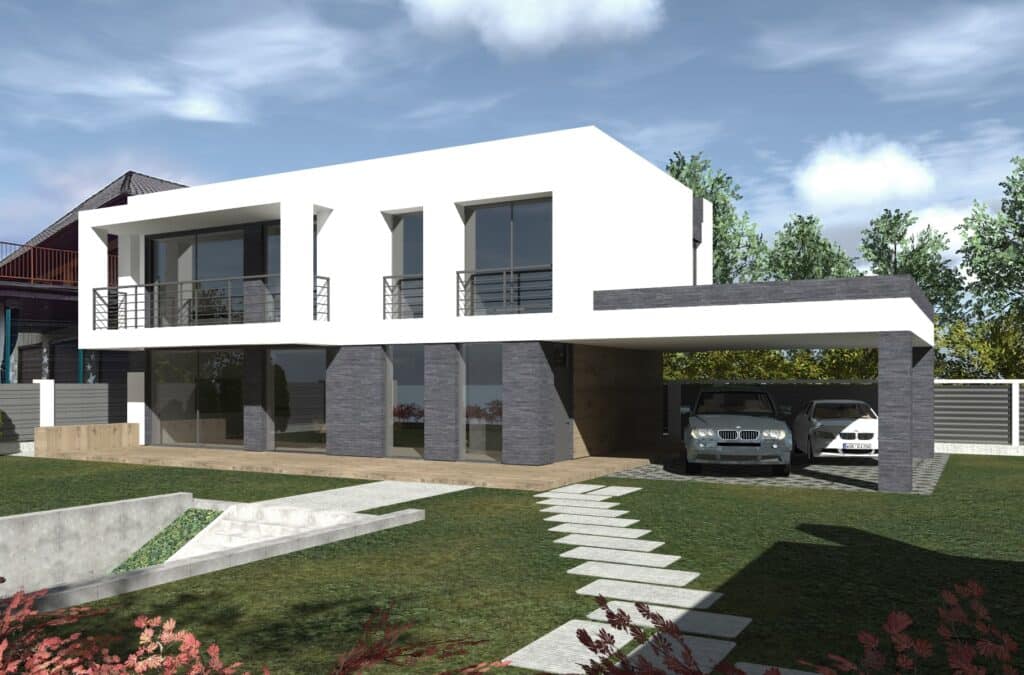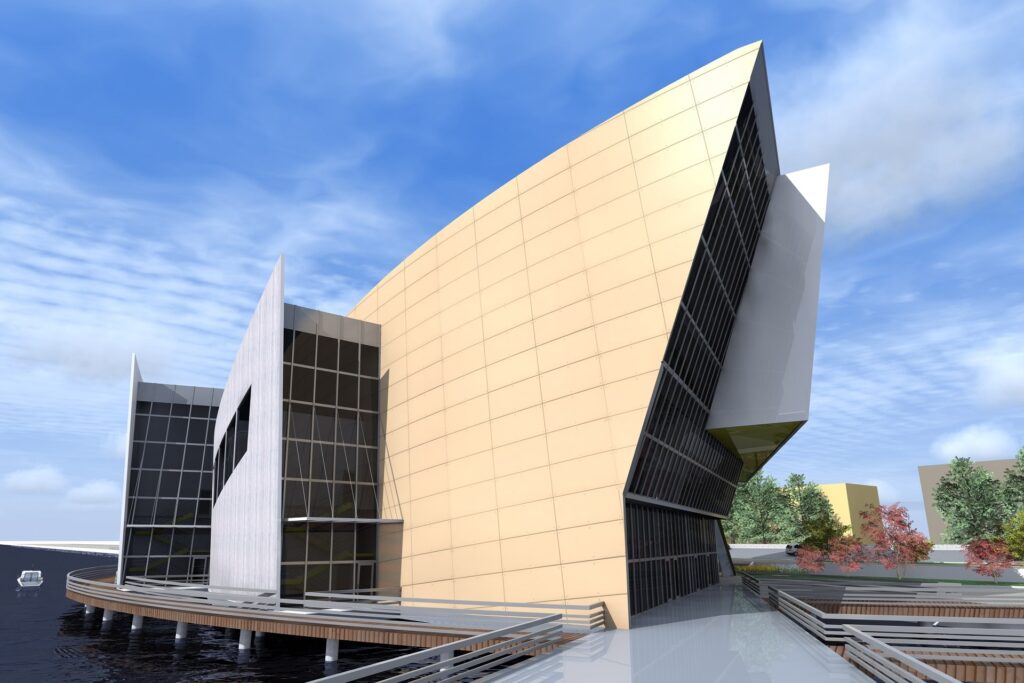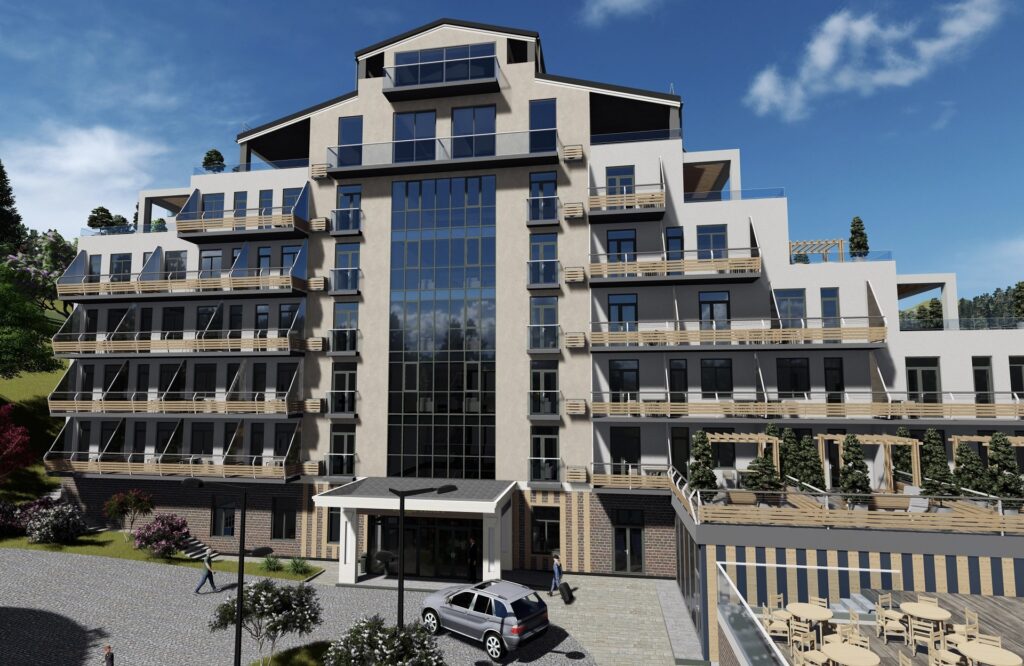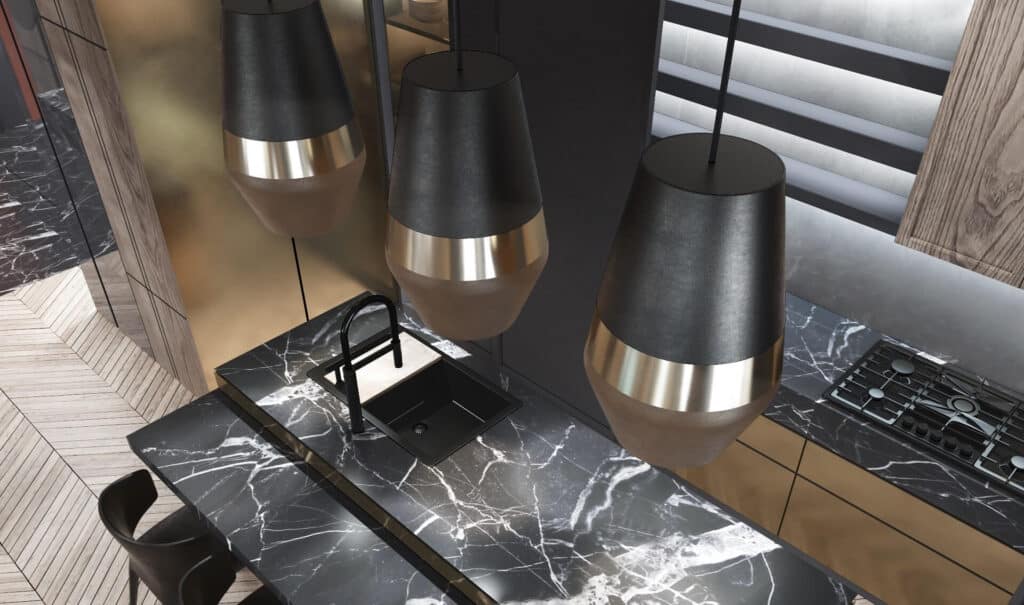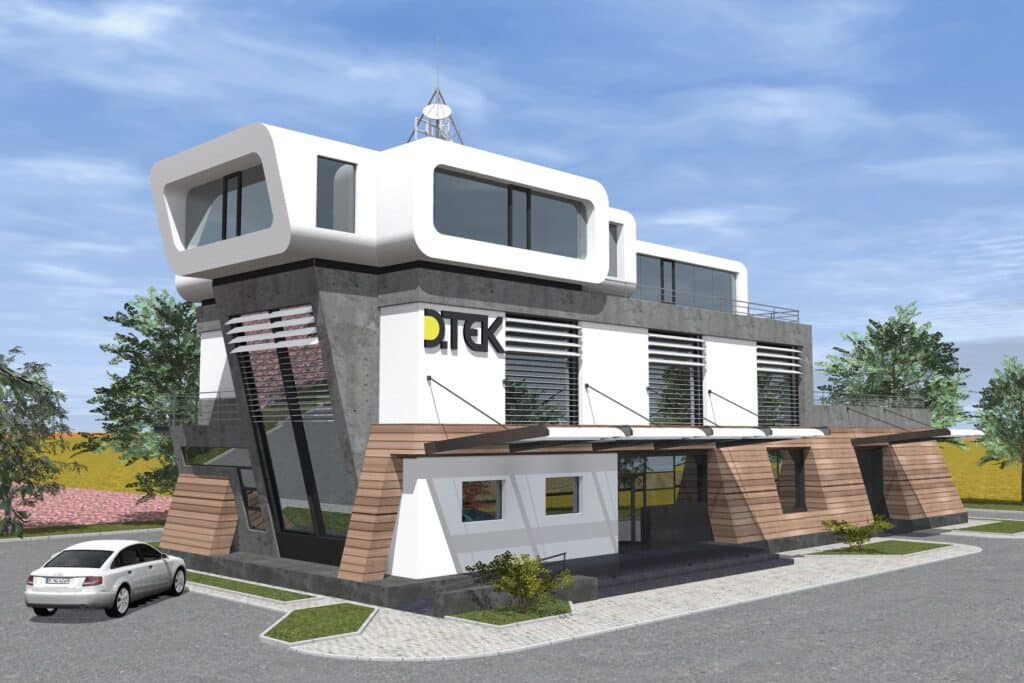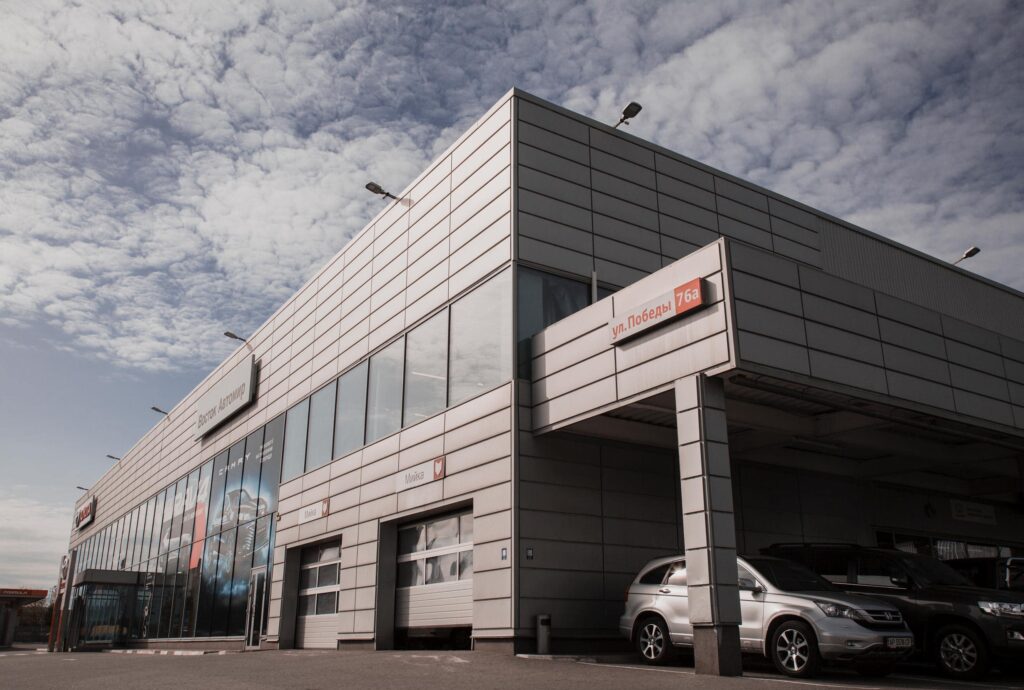Client Q&A: Everything You Wanted to Know About Design
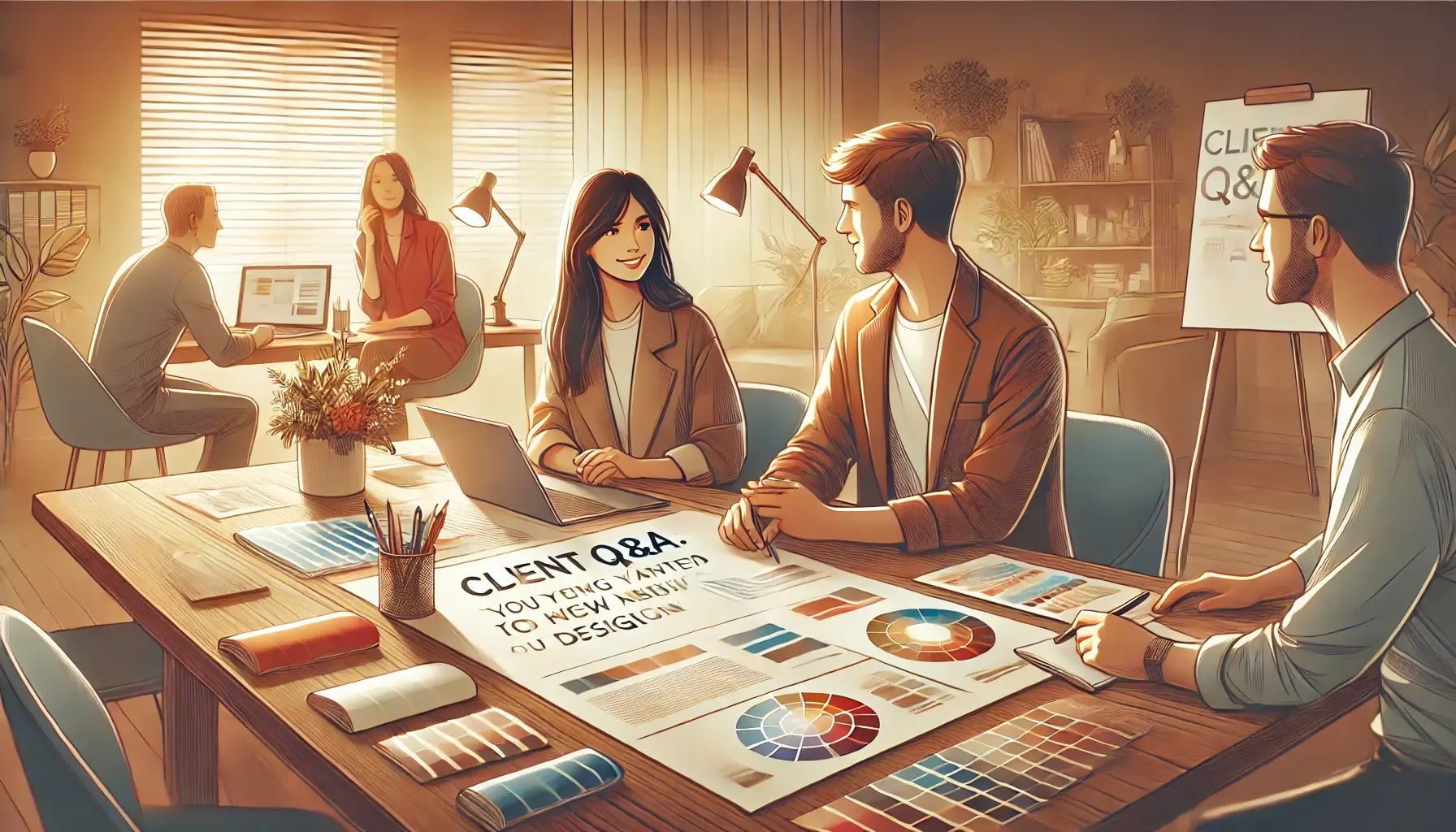
1. Understanding the Essence of Design 🏆
In the world of design, understanding the essence is a fundamental step. It goes beyond aesthetics and delves into functionality, purpose, and innovation. At its core, design is about solving problems and enhancing experiences. Whether it’s a building, a digital platform, or a piece of furniture, each design begins with a problem to solve.
Design is inherently human-centered. It prioritizes the needs and experiences of the end user, ensuring that every design speaks to its audience. This involves an in-depth understanding of the market, the client, and the intended users. In this way, design becomes a dialogue between the designer and those who will interact with their creations.
To fully grasp the essence of design, it’s important to note that it’s a continuous process. It requires ongoing research, feedback, and iterations to refine and perfect the outcome. This dynamic nature of design is what makes it both challenging and rewarding.
Finally, design is about storytelling. It conveys a narrative, communicates values, and reflects the personality of the brand or individual. Every design choice, from color palette to material selection, contributes to the overarching story that the design seeks to tell.
2. The Creative Process: From Inspiration to Execution 🎨
The creative process is a journey that begins with inspiration and culminates in execution. It often starts with gathering ideas from various sources, be it nature, art, history, or technology. Inspiration can strike at any moment, so it’s crucial to keep an open mind and a keen eye.
Once inspiration takes root, it’s time to brainstorm and conceptualize. This phase involves sketching, creating mood boards, and exploring different design directions. It’s a period of exploration where creativity has no boundaries, allowing for a wide array of possibilities to emerge.
As ideas begin to take form, the design is refined and developed through prototyping and testing. This stage is critical as it involves turning abstract concepts into tangible forms. Prototypes allow for experimentation and refinement, ensuring that the design meets its intended goals.
The final stage is execution, where the design is brought to life. This involves meticulous attention to detail, selecting the right materials, and collaborating with skilled craftsmen or digital developers. Execution is where the vision becomes reality, transforming ideas into a final product that can be appreciated and utilized.
3. Unique Perspectives: Bringing Innovation to the Table 💡
Bringing unique perspectives to design is essential for innovation. It requires thinking outside the box and challenging conventional norms. Designers must constantly seek new ways to approach problems, looking at them from different angles to uncover innovative solutions.
Innovation in design often involves interdisciplinary collaboration. By merging insights from various fields such as technology, psychology, and environmental science, designers can create groundbreaking designs that push boundaries and defy expectations.
A crucial aspect of bringing innovation to the table is staying informed about trends and advancements in the industry. By keeping abreast of the latest technologies and design philosophies, designers can incorporate cutting-edge elements into their work, ensuring it remains relevant and forward-thinking.
Ultimately, innovation is about taking risks. It’s about daring to experiment and having the courage to implement ideas that may not have been tried before. This willingness to venture into the unknown is what separates ordinary designs from extraordinary innovations.
4. Guiding Principles: Anchoring Every Project ⚓
Guiding principles serve as the foundation for every design project. They anchor the creative process, providing direction and purpose. These principles can be personal, such as a commitment to sustainability, or client-driven, focusing on specific brand values or objectives.
One core principle is functionality. A successful design must not only look good but also serve its intended purpose effectively. Functionality ensures that the design enhances the user experience and fulfills its role without compromise.
Another guiding principle is aesthetics. While functionality is crucial, aesthetics bring beauty and emotion to the design. Balancing these two aspects is the hallmark of great design, creating pieces that are both practical and visually appealing.
Lastly, a principle of adaptability is essential. The world is constantly evolving, and so are user needs and preferences. A design should be flexible enough to adapt to changing circumstances, ensuring longevity and continued relevance.
5. From Concept to Completion: Navigating the Design Journey 🚀
Navigating the design journey requires careful planning and execution. It starts with a clear vision and ends with the delivery of a finished product. The process is a series of interconnected phases, each crucial to the success of the project.
The initial phase involves understanding the project scope and setting clear objectives. This requires effective communication with the client to ensure alignment on goals, timelines, and expectations. A well-defined brief serves as a roadmap, guiding the project from start to finish.
As the design progresses, collaboration with clients and stakeholders is key. Regular updates and reviews ensure that the project stays on track and any issues are addressed promptly. This collaborative approach fosters trust and transparency throughout the design journey.
Upon reaching completion, the design is not just handed over but launched. It involves careful implementation and sometimes even training or support to ensure smooth integration. The journey doesn’t end here; feedback and evaluations post-launch are essential to measure success and inform future projects.
6. Design Challenges: Overcoming Obstacles and Finding Solutions 🧩
Every design project comes with its own set of challenges. Overcoming these obstacles requires creativity, resilience, and resourcefulness. Common challenges include budget constraints, tight deadlines, and evolving client expectations.
A proactive approach is crucial in navigating design challenges. Anticipating potential issues and preparing contingency plans can minimize disruptions and ensure the project stays on course. Flexibility and adaptability are key traits that help designers pivot when faced with unexpected hurdles.
Problem-solving is at the heart of design. It involves analyzing the situation, exploring multiple solutions, and selecting the most effective one. This often requires thinking creatively and using unconventional methods to find innovative answers.
Ultimately, overcoming design challenges strengthens the final outcome. Each obstacle presents an opportunity for growth and learning, resulting in a more refined and resilient design that addresses the needs of both the client and users.
7. Celebrating Masterpieces: The Culmination of Creativity and Skill 🎉
The culmination of the design process is the creation of a masterpiece. It’s a moment of celebration, where creativity and skill come together to produce something truly remarkable. A masterpiece isn’t just about artistic flair; it’s about achieving a balance between form and function.
Recognizing a masterpiece involves understanding the impact it has on its audience. Whether it evokes emotion, solves a problem, or transforms an environment, a true masterpiece resonates with people and stands the test of time.
Celebrating a masterpiece also means acknowledging the collaborative effort behind it. From clients and designers to craftsmen and developers, each plays a vital role in bringing the vision to life. It’s a testament to the power of teamwork and shared passion.
Finally, a masterpiece is a source of inspiration for future projects. It serves as a benchmark of excellence, motivating designers to continue pushing boundaries and striving for innovation in every new endeavor.

